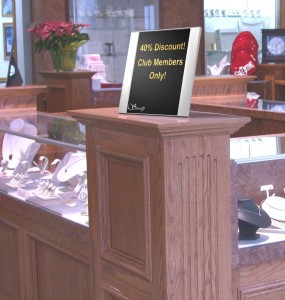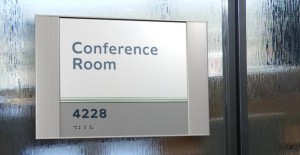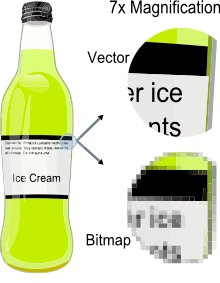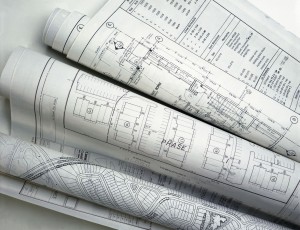GreenSquare just introduced their line of flat table signs to complement their curved counterpart. Vista System International acquired the Australian company in the beginning of 2012 looking for a company that had the same modular construction as its MCFT (Modular Curved Frame Technology) line. These interior signs were designed for a number of vertical applications, some of which are included below.
- Retail – Table signs are used to highlight discounts and special promotions
- Restaurants – These interior signs suggest daily lunch or dinner specials or perhaps new entrees.
- Hotels – Table signs are used at the main counter listing various services or important information. They are also used in hotel spas and workout facilities listing hours of operation, pricing information and club rules.
- Office Buildings – Department information, phone or contact information are just two of the ways table signs are used.
- Hospitals – Hospitals use a variety of interior signs including table signs. Visitor instructions, emergency information, on-call numbers and staff schedules are just a few examples.
GreenSquare, like its MCFT counterpart, has a complete line of flat interior signs to complement their table signs. The signs come in a wide variety of standard sizes to fit almost any application. Due to their modular nature, it is quite simple to create custom signs should the project warrant that level of specificity. They’re easy to install and even easier to maintain. If you have desktop software and a local printer you can replace your inserts in minutes. Simply put, GreenSquare makes interior signs simple! B7W76UZBSV6G




